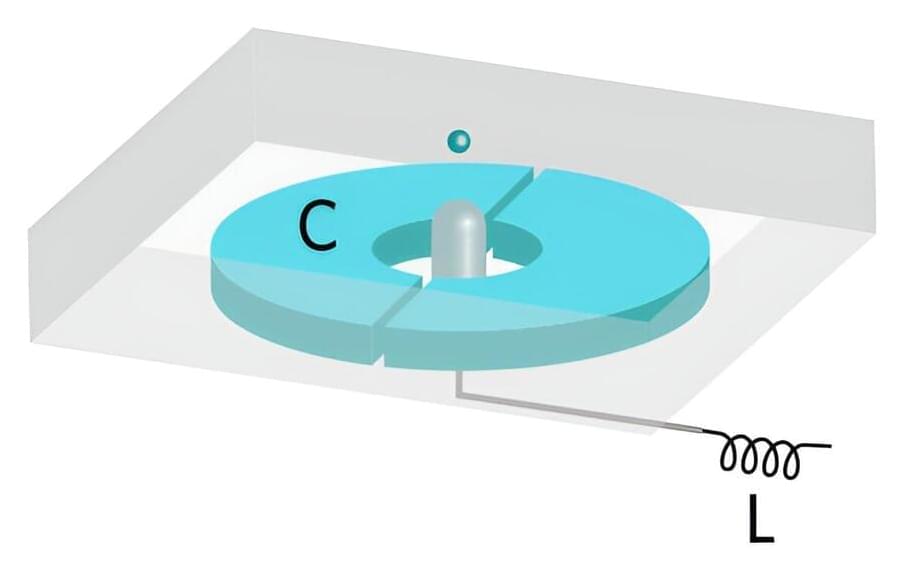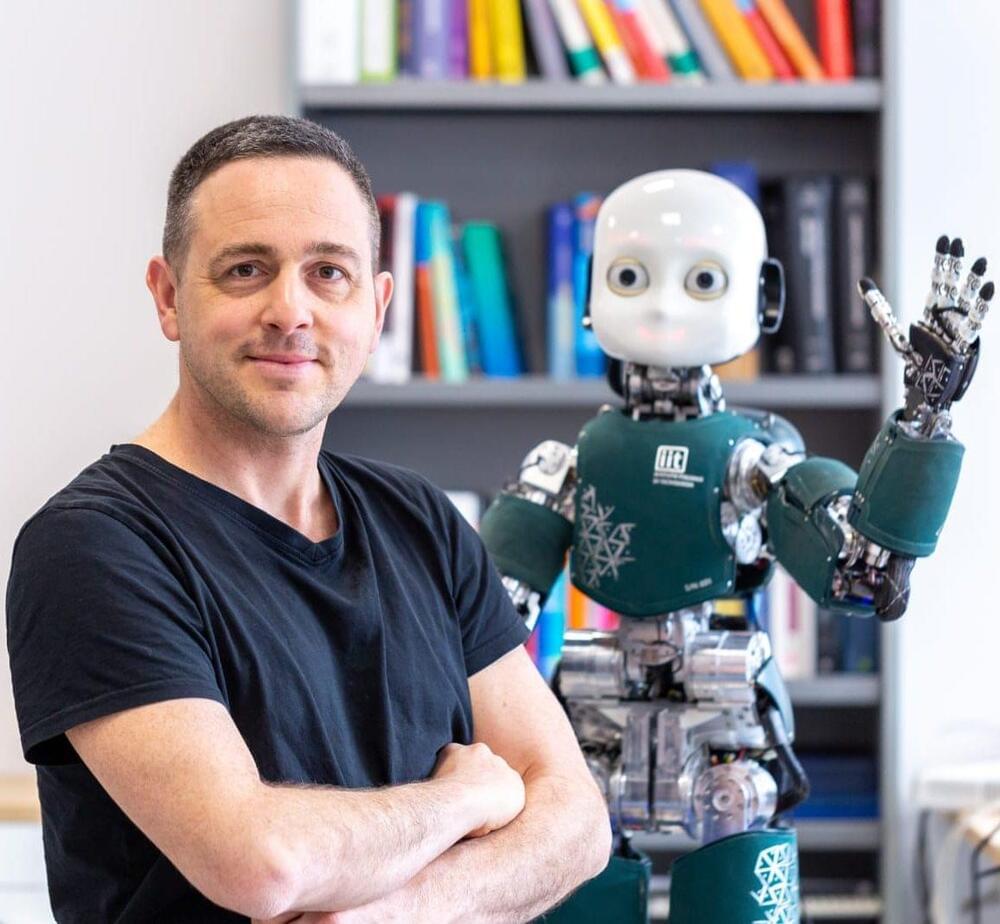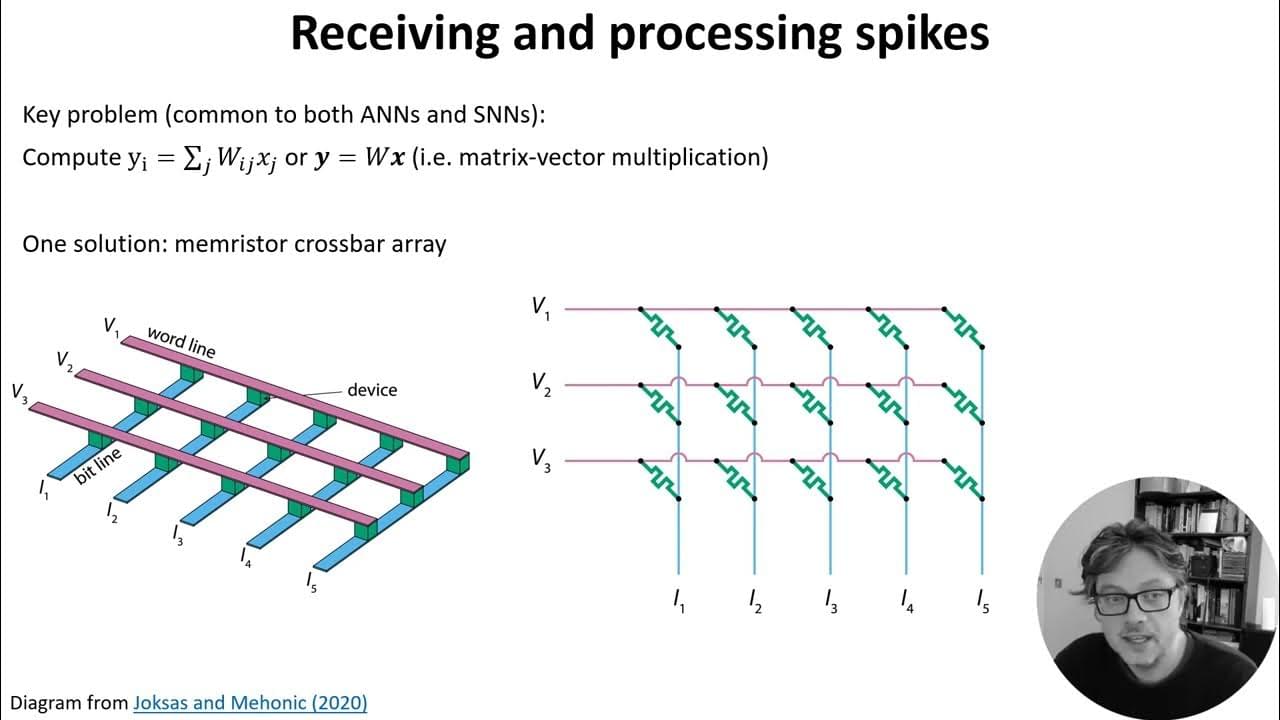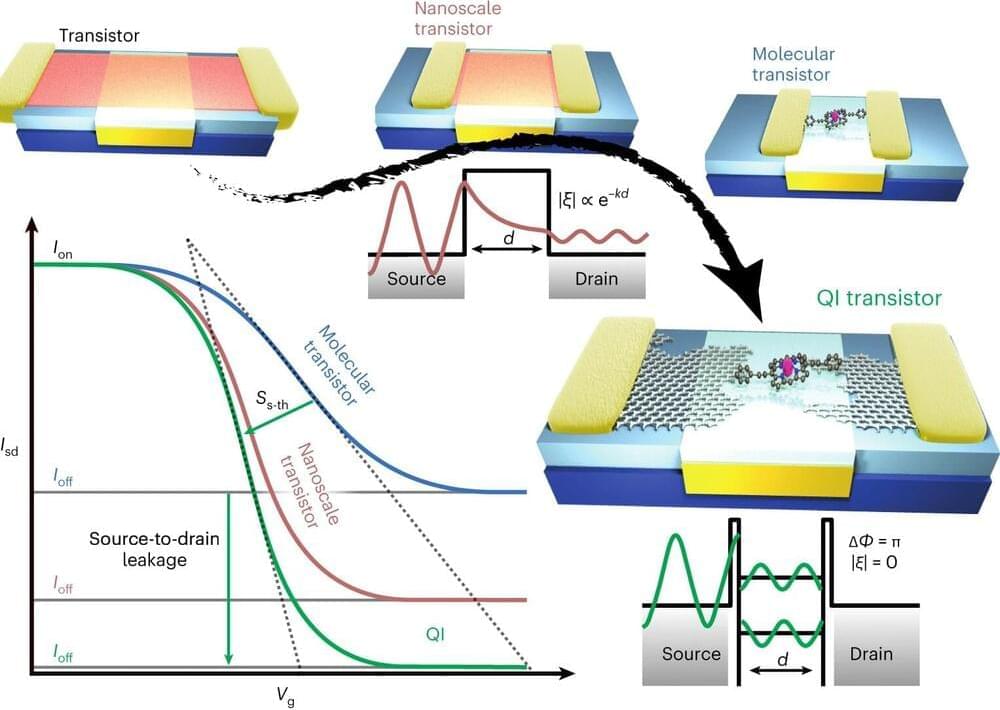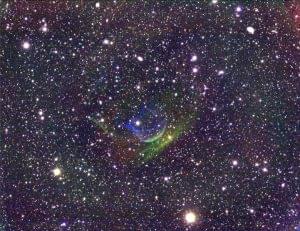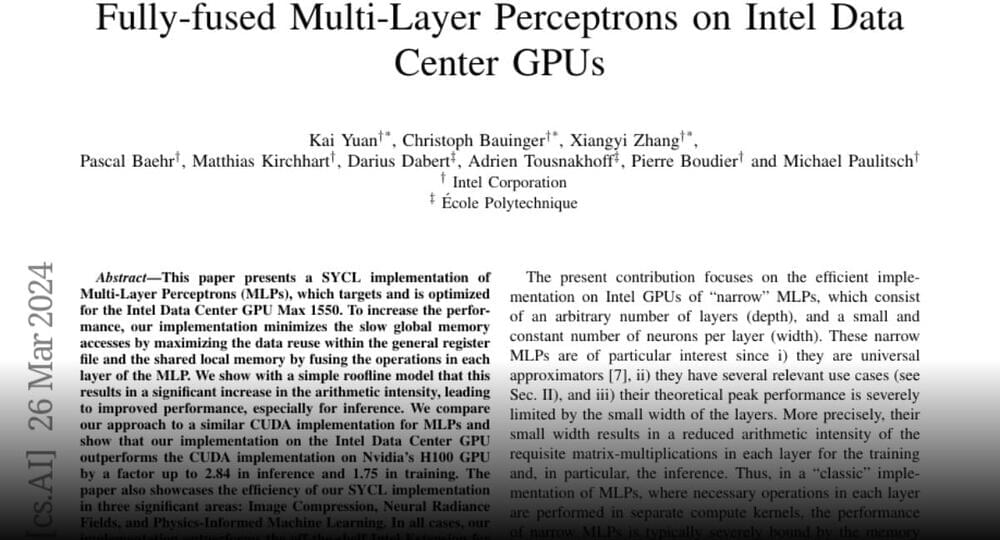Future quantum computers could be based on electrons floating above liquid helium, according to study by a RIKEN physicist and collaborators, appearing in Physical Review Applied.
Category: computing – Page 132
In this podcast, we chat with Simeon Bamford, who’s currently working on tactile neuromorphic sensors, about creating circuits to perform functions lost to brain damage, Bamford’s involvement with the commercialization of dynamic vision sensors and more.
Quantum computers will break encryption one day. But converting data into light particles and beaming them around using thousands of satellites might be one way around this problem.
Scientists have created an n-channel transistor using diamond for the first time, potentially leading to faster components that can work in extreme conditions.
A new fabrication process that could be used to build a quantum computer achieves an almost zero failure rate and has the potential to be scaled up, according to new research from engineers and physicists at UCL.
W8 V1 — Neuromorphic computing
Posted in computing, neuroscience
This video is part of the open course “Neuroscience for machine learners”. Find out more at https://neuro4ml.github.io/
As transistors get smaller, they become increasingly inefficient and susceptible to errors, as electrons can leak through the device even when it is supposed to be switched off, by a process known as quantum tunneling. Researchers are exploring new types of switching mechanisms that can be used with different materials to remove this effect.
In the nanoscale structures that Professor Jan Mol, Dr. James Thomas, and their group study at Queen Mary’s School of Physical and Chemical Sciences, quantum mechanical effects dominate, and electrons behave as waves rather than particles. Taking advantage of these quantum effects, the researchers built a new transistor.
The transistor’s conductive channel is a single zinc porphyrin, a molecule that can conduct electricity. The porphyrin is sandwiched between two graphene electrodes, and when a voltage is applied to the electrodes, electron flow through the molecule can be controlled using quantum interference.
A new telescope called the “Condor Array Telescope” may open up a new world of the very-low-brightness universe for astrophysicists. Four new papers, published back to back in the Monthly Notices of the Royal Astronomical Society (MNRAS) this month, present the first scientific findings based on observations acquired by Condor. The project is a collaborative led by scientists in the Department of Physics and Astronomy at Stony Brook University and the American Museum of Natural History (AMNH).
According to lead researchers Kenneth M. Lanzetta, Ph.D., a Professor in the Department of Physics and Astronomy and Stefan Gromoll of Stony Brook, and Michael M. Shara, Ph.D., Curator in the Department of Astrophysics at the AMNH, Condor is now in full operation. The new “array telescope” uses computers to combine light from several smaller telescopes into the equivalent of one larger telescope and is able to detect and study astronomical features that are too faint to be seen with conventional telescopes.
In the first paper, Lanzetta and colleagues used Condor to study extremely faint “stellar streams” surrounding the nearby galaxy NGC 5,907, a well-known spiral galaxy located some 50 million light years from Earth.
The first patient with a Neuralink brain-computer implant played Nintendo’s Mario Kart video game with his mind in an impressive new demo video, calling it “lifechanging” at a company-wide meeting that was posted Friday on the social media platform X-formerly-Twitter.
“It’s been a wild ride,” said Noland Arbaugh, the 29-year-old Neuralink patient, during the celebratory company meeting.
“This is going to change the world,” added Arbaugh, who’s quadriplegic, meaning he’s paralyzed below his neck from a swimming accident, and requires the use of a wheelchair.
Intel announces Fully-fused Multi-Layer Perceptrons on Intel Data Center GPUs https://huggingface.co/papers/2403.
This paper presents a SYCL implementation of Multi-Layer Perceptrons (MLPs), which targets and is optimized for the Intel Data Center GPU Max 1550.
Join the discussion on this paper page.
